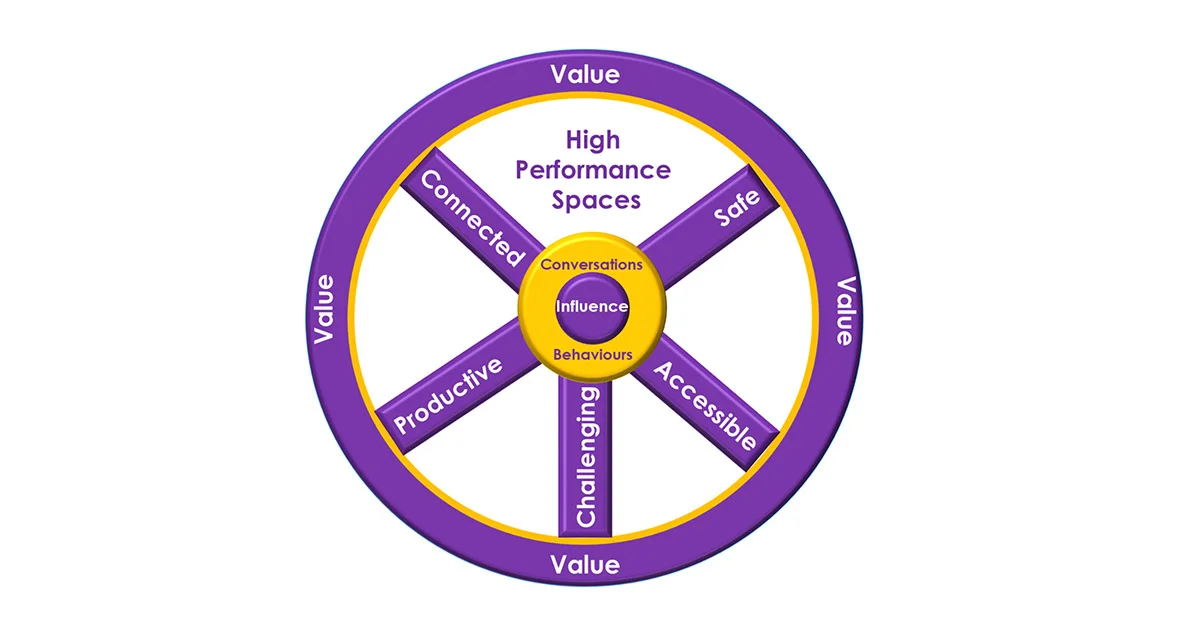Replacing Performance Appraisals
(The second of two articles on abolishing performance appraisals)
If performance appraisals don’t work and often produce results counter-productive to an organisation’s goals (as last month’s blog suggests) what could we do instead?
The answer to this question is; it depends on your goal.
One of the problems with Performance Appraisals, but by no means the key one, is that they have been used for a multitude of, often, competing purposes. The uses have included;
Setting annual remuneration
Incentivising/motivating performance
Assessing someone for promotion
Recognising and rewarding performance
Engaging employees
Improving/managing performance
Identifying training needs
So, the first recommendation is to unbundle. Get clarity over what you are seeking to achieve and then look for the most appropriate process to achieve that goal. Attempting to use one process to address all these issues is fraught with danger.
If your goal is to improve overall business performance, then Dr. W Edwards Deming1 has some important words of advice: “The fact is that the system that people work in and the interaction with people may account for 90 or 95 percent of performance.” Therefore, according to Deming, by only focusing on the performance of an individual you may be missing up to 90 or 95 percent of your business improvement potential. Is there any wonder that Deming referred to performance evaluation as one of the seven deadly diseases of management?
This gives us an important pointer to answering the question at the start of this article: If you want to improve business performance, then you would be better off ‘partnering’ and engaging with your people – they know, firsthand, about the systems and interactions with people because they work with them every day. But partnering requires a different mindset and a different conversation than that which underpins performance appraisals.
If you are looking to help people excel, within the overall business improvement strategy referred to in the previous paragraphs, then there are a couple of useful tips in the literature:
Incentivising performance. Dan Pink, noted author and speaker, made the following comment on extrinsic rewards: ‘if…then’ rewards (i.e. if you do/achieve ‘x’ then you will get ‘y’ reward) work well for those sorts of tasks where there’s a simple set of rules and a clear destination to go to. But in situations outside of that, incentives either don’t work or they do harm (i.e. they reduce performance). If your people are engaged in knowledge work and are needing to solve novel or unique problems, then incentives can do harm. The key reason is that incentives act to narrow one’s focus (that is why they work so well for tasks where there’s a simple set of rules and a clear destination to go to). But this is the exact opposite of what is needed to solve unique or novel problems. Introducing such rewards can also change the nature of the ‘game’ – getting the reward rather improving performance often becomes the focus.
Look for outcomes2. Excellence is an outcome. Catch people getting positive outcomes and ask them about how they went about it. In this way it reinforces that behaviour.
Provide feedback in a different way2. Provide feedback in the form of your personal reaction to what they did e.g. this is how that impacted me. Don’t evaluate or tell how well they are performing or how good they are. Evaluations are far less accurate and more likely to generate a defensive reaction.
Corrective feedback2. There will be times when people ‘screw up’ and you will need to provide corrective feedback. Do this, when needed, but remember this is simply remedial action – it does not lead to excellence. It should not form the basis of your feedback and performance improvement strategy.
SCARF. David Rock, in his book “Your Brain at Work: Strategies for Overcoming Distraction, Regaining Focus, and Working Smarter All Day Long”, recommends that if you want to work more effectively with people and stimulate a ‘toward response’ (motivate toward a certain goal or behaviour), people will need to feel they have Status, Certainty, Autonomy, Relatedness and Fairness.
Our “Profitable Conversations” program – see the image at the top of this article – is our attempt to encapsulate some of the best thinking on working more effectively with others. The key principles behind this model are as follows:
As a manager or leader your success is largely down to one factor – your ability to influence others.
You only have two processes by which you can influence others – your conversations and behaviours.
Very little gets done without a conversation, they are going on in your organisation all through the day. But because the are so ubiquitous they are often taken for granted. However, because they are so ubiquitous and central to getting things done, it is hard to think of a more effective lever in improving business performance. It is where the leadership rubber hits the road.
Use your conversations and behaviours to create High Performance Spaces, whether those spaces are face to face, on the telephone, online or created via written correspondence.
High performance spaces have five key elements. They are:
Safe – physically and psychologically
Accessible – open, rapport, empathy, attention, jargon-free etc.
Challenging – stimulating, dealing with the real issues (but in a safe and accessible way), acknowledging the elephants in the room.
Productive – getting results. Having an outcomes-focus.
Connected – the communication that connects different spaces.
As you roll out (hence the image of the wheel) these ‘Profitable Conversations’ you move forward and create value. And to be a person of influence you need to be a person of value.
A final word from Marcus Buckingham and Ashley Goodall2:
“We humans do not do well when someone whose intentions are unclear tells us where we stand, how good we “really” are, and what we must do to fix ourselves. We excel only when people who know and care about us tell us what they experience and what they feel, and in particular when they see something in us that really works.”
1 W. Edwards Deming (1900-1993) is widely acknowledged as the leading management thinker in the field of quality. He was a statistician and business consultant whose methods helped hasten Japan’s recovery after the Second World War and beyond. He derived the first philosophy and method that allowed individuals and organisations to plan and continually improve themselves, their relationships, processes, products and services. His philosophy is one of cooperation and continual improvement; it avoids blame and redefines mistakes as opportunities for improvement.
2 Marcus Buckingham and Ashley Goodall, “The Feedback Fallacy” Harvard Business Review March-April 2019
Warwick Cavell is a thought leader in communicating for results and strategy implementation. For over 25 years, he has helped leaders improve business performance by changing the way people communicate and work to solve problems – both internally and with their clients. He is a highly respected facilitator, coach, speaker and trainer, and author of regular blogs.











